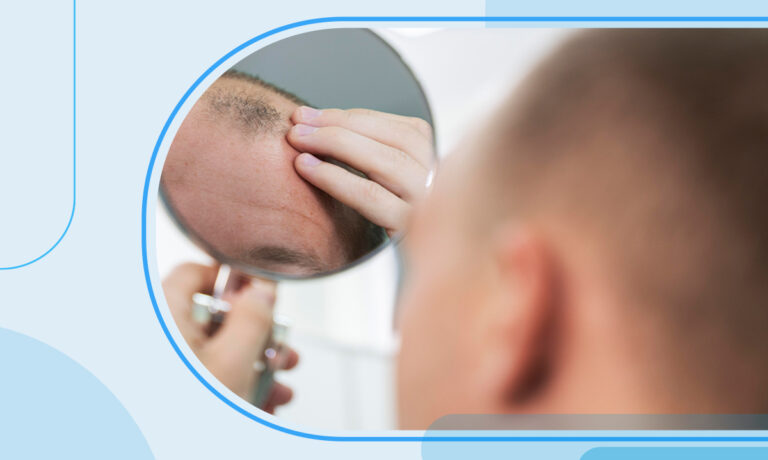FAQ : Stem Cell Hair Transplant
- Burtom Hair Transplant Center
- Burtom Hair Transplant Center
- Stem Cell Hair Transplant
FAQ : Stem Cell Hair Transplant
What You Should Know About Stem Cell Hair Transplant
Today’s stressful, hectic lifestyles seem to negatively affect human hair. Factors such as pollution, increased stress, hectic routines, unhealthy eating habits or hormonal changes are the main causes of hair loss, especially among teenagers. As a result, there is an increase in people seeking safe, effective and most advanced hair restoration treatment options that deliver more natural-looking results.
One of the promising treatments that is gradually becoming popular is Stem Cell Hair Transplantation Treatment. This treatment option is relatively new and is predicted to be a major breakthrough in improving baldness and thinning hair among millions of patients.
Unlike traditional hair transplants, where individual hair follicles or follicular units are removed and then transplanted, stem cell involves removing tissue from a skin sample from where the hair follicles are harvested. These follicles are then replicated in a laboratory before being implanted into areas of the scalp with hair loss.
What is the procedure of stem cell hair transplantation?
To understand the root hair transplant procedure, it is important to know the stem cells. Stem cells can develop into various types of cells in the human body. These cells have the potential to repair and replace damaged tissues by playing an integral role in natural growth and healing. Evidence suggests that stem cells can also promote hair growth when reintroduced to the scalp.
This hair transplant procedure begins with a punch biopsy to extract stem cells from the patient. The biopsy is performed with the aid of an instrument with a circular blade that is rotated into the skin to remove a sample tissue. The stem cells are then spun in a machine called a centrifuge, where they are isolated from the tissue. The stem cells are then processed in a laboratory, where they divide and multiply in folds.
In the next step, surgeons will clean and disinfect the balding part of the scalp and inject the extracted and collected stem cells there. The best part about this treatment procedure is that it promotes hair growth at the site where the stem cells are transplanted and from the donor area.
Stem cell hair restoration therapy can treat:
- Female Pattern Baldness (androgenetic alopecia)
- Sciatic Alopecia
- Male Pattern Baldness (male androgenetic alopecia)
What is the recovery process like after stem cell hair transplantation?
Although there is no recovery period required for stem cell hair transplantation treatment, the patient may feel some pain after the procedure. This pain should subside within a week after treatment.
Excessive exercise or physical activity should be avoided for at least one week after hair transplantation. The patient can also expect a slight scarring in the area where the sample tissue was removed. Due to the effects of local anesthesia, patients may not be able to go home by vehicle after the procedure.
What are the side effects of the stem cell hair transplant procedure?
Since stem cell hair transplantation is a relatively new procedure, there is not much research or information about the possible side effects of this treatment. However, as with any other medical procedure, there is always the possibility of infection or bleeding where the tissue sample is taken and the injection given.
There is also a slight risk of artery or nerve damage below the sample tissue removal area.
The FDA has recommended that patients considering stem cell treatments opt for treatments that are either FDA-approved or under investigation under the IND. The FDA allows INDs. Centers that offer stem cell hair treatments that are not approved by the FDA cannot guarantee the success rates of the procedure.
What You Should Know
Frequently Asked Questions About Hair Transplantation: What You Should Know
Stem Cell Hair Transplant
Frequently Asked Questions About Hair Transplantation: Stem Cell Hair Transplantation
What You Should Know
Frequently Asked Questions About Hair Transplantation: Useful Information
Medical Tourism in Turkey
Frequently Asked Questions About Hair Transplantation: Frequently Asked Questions












